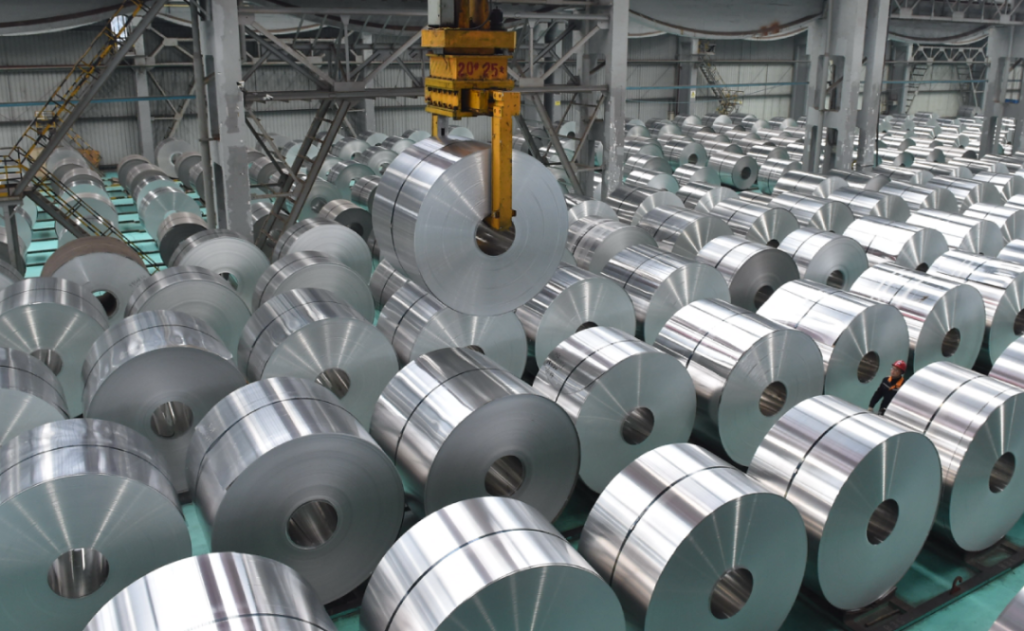In the realm of industrial aluminum profile production, controlling the hardness of the final product is paramount. The correct level of hardness not only ensures the durability of aluminum profiles but also their suitability for various industrial applications. However, reaching and maintaining this optimal hardness is a nuanced process, influenced by a myriad of factors from temperature control to the specific aging process employed.
The Importance of Hardness in Aluminum Profiles
Hardness in aluminum profiles determines their resistance to deformation and wear, making it a critical quality parameter. The industry differentiates between natural and artificial aging to enhance this hardness, with the latter being predominant for 6xxx series aluminum profiles due to its efficiency and reliability.
Temperature Setting and Control
One of the foundational elements in controlling aluminum profile hardness is the precise setting and monitoring of the aging furnace temperature. Given the discrepancy that often exists between the furnace’s set temperature and the actual surface temperature of the profiles, meticulous attention is required to ensure the furnace operates at the correct temperature, mitigating fluctuations that could compromise hardness.
Aluminum Profile Aging Insulation
The aging process, whether natural or artificial, must follow stringent procedural requirements. Adequate heat preservation time is crucial, as both under-aging and over-aging can lead to insufficient hardness levels. This step emphasizes the delicate balance required in the aging process to achieve the desired strength and durability.
Material Arrangement During Aging
The arrangement of aluminum profiles within the extrusion frame significantly affects the aging process. Proper spacing facilitates adequate ventilation, especially for denser materials, ensuring uniform hardness across the batch. The strategic placement of different material types within the frame can further optimize the aging process.
Special Considerations for Special Alloys
When dealing with special aluminum alloys, separate aging processes are essential to maintain the distinct hardness characteristics of each alloy type. In instances where production demands necessitate aging different alloys together, the process must be carefully adjusted to accommodate the varying requirements of each alloy.
Case Study: Shengxin Aluminum
Shengxin Aluminum, with its extensive experience and state-of-the-art production facilities, exemplifies best practices in achieving optimal hardness in aluminum profiles. Their approach, from precise temperature control to the specialized aging of different aluminum alloys, underscores the importance of detail-oriented processes in producing high-quality aluminum profiles.
Conclusion
Controlling hardness in industrial aluminum profiles is both an art and a science, requiring comprehensive understanding and meticulous attention to detail. By adhering to best practices in temperature control, aging processes, and material handling, manufacturers can achieve the optimal hardness that defines the quality and durability of aluminum profiles. Shengxin Aluminum stands as a beacon in the industry, demonstrating the heights that can be achieved through dedication to quality and process excellence.

